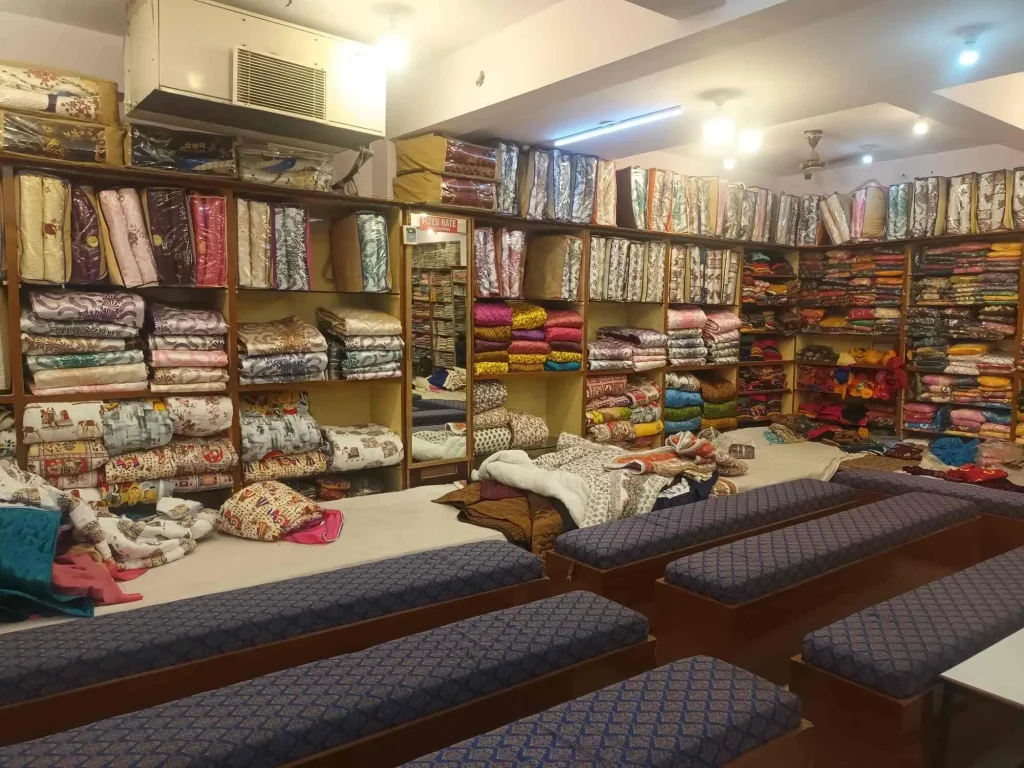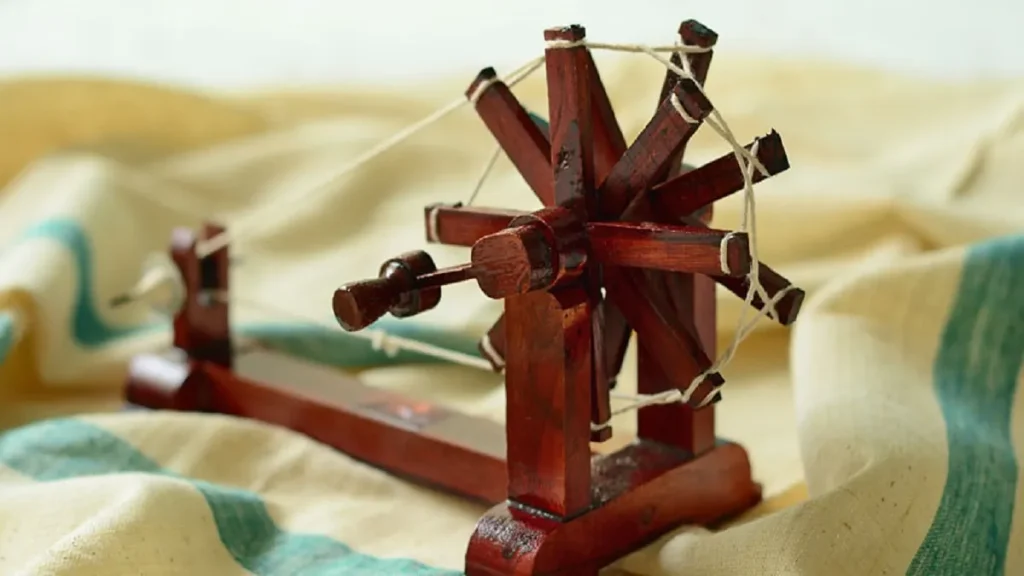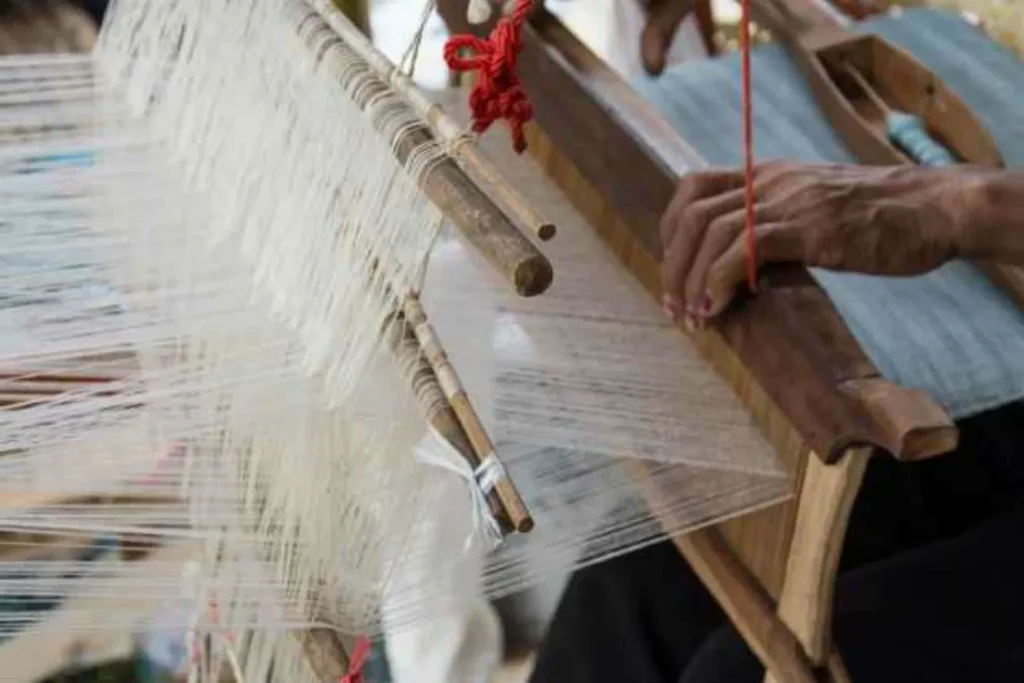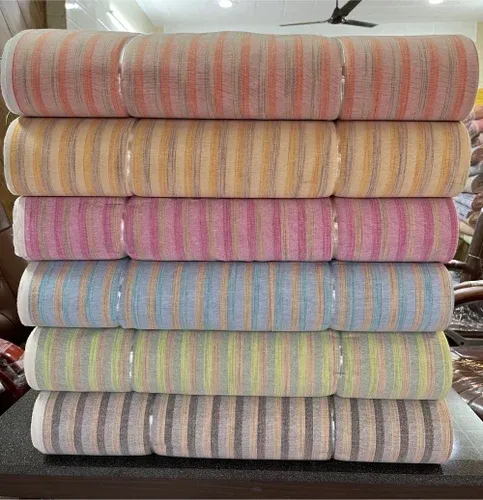Khadi embodies India’s spirit of self-reliance and resistance. It represents a commitment to cultural preservation and economic empowerment. Often referred to as India’s “answer to linen,” khadi has transcended its origins, emerging as a symbol of sustainable fashion.

A Historical Perspective
Khadi’s roots trace back to India’s struggle for independence, where it served as a tool of economic resistance against British colonialism. Mahatma Gandhi advocated for khadi in the early 20th century, encouraging Indians to spin their textiles to revive the handloom industry devastated by mass-produced fabrics. This movement laid the groundwork for khadi’s significance, especially under the All India Khadi and Village Industries Board established post-independence.

Understanding Khadi: Fabric vs. Textile
While often used interchangeably, the terms ‘fabric’ and ‘textile’ have distinct meanings. Khadi qualifies as both—a textile crafted from yarn and a fabric produced through weaving or knitting. According to experts, khadi is hand-spun and handwoven, resulting in diverse varieties across different regions of India.
The Khadi Production Process
Khadi is made using traditional methods involving spinning wheels, or charkhas, and natural dyes. The production process includes collecting raw cotton, ginning, carding, spinning, warping, and weaving. This labor-intensive method produces different counts of khadi suited for various applications, from lightweight summer wear to durable home textiles.

Challenges in the Khadi Industry
Despite its historical significance, the khadi industry faces numerous challenges today. Low wages, poor working conditions, and an exodus of skilled artisans threaten the sustainability of this craft. The reliance on subsidies, outdated marketing, and funding shortages further complicate the industry’s growth.
A Renaissance in Popularity
Despite these challenges, khadi is experiencing a resurgence, particularly among younger consumers. Its eco-friendly qualities and versatility are gaining appreciation, leading to innovative designs by contemporary Indian fashion designers. Khadi is now being blended with materials like silk and denim to create stylish and modern garments.
Government Support and Global Recognition
The Indian government is actively promoting khadi as a unique brand on global platforms, despite its higher price point and limited accessibility. As sustainability gains traction, khadi’s handmade nature appeals to eco-conscious consumers, bridging traditional craftsmanship with contemporary fashion.

Embracing khadi extends beyond fashion; it signifies a commitment to cultural preservation and economic empowerment. By supporting khadi exports, we contribute to sustaining this rich heritage while ensuring stable livelihoods for artisans. The ‘Make in India’ campaign aligns perfectly with this vision, promoting not only a fabric but a legacy that embodies India’s identity.
